 |
 |
 |
 |
|
|
|
|
|
|
|
|
|
|
|
|
|
|
|
|
|
|
|
|
 |
Haridwar
|
|||
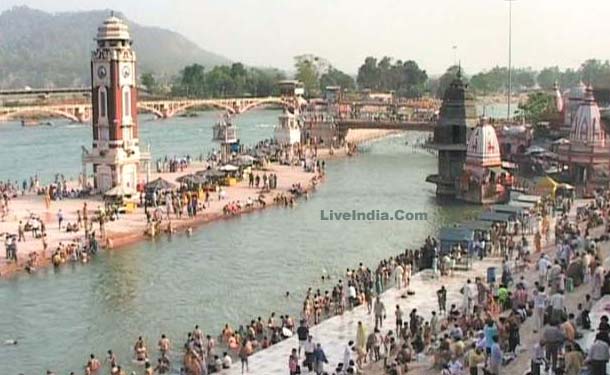
Legend has it that the holy Ganga, the holiest of all rivers, which flows through this sacred city has actually been sanctified by the powerful Trinity of Hindu mythology and the center of the pantheon - Lord Brahma, Vishnu and Mahesh. |
|||
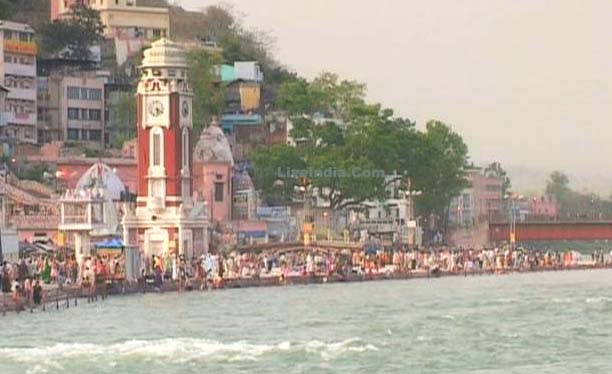
The source of Ganga is at Gaumukh (the shape of the ice formation is like a cow's mouth), where the mighty river emerges from the depths of Gangotri glacier. The Gangotri glacier is situated at the height of4255 m above sea level and is approx 24 km in length and 7-8 km in width.Here the river is known as Bhagirathi after King -Bhagirath. Rising in the icy caves of Gangotri glacier, the gushing , tossing and gurgling Bhagirathi starts its long journey downwards where later it joins river 'Alaknanda' and becomes Ganga.There are many legends associated with river Ganga, some of which are even mentioned in the ancient holy scriptures.
|
|||
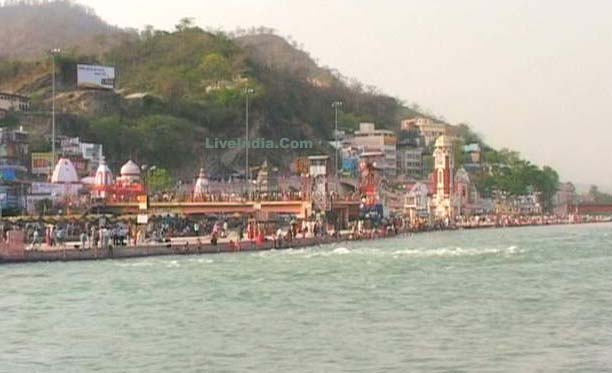
The River From Heaven- According to the Indian mythology King Sagar had 60,000 sons. He defeated all the asuras (daemons) in the earth and wanted to stage a Ashwamedha Yagya to declare his supremacy. For this as was the practice prevalent in ancient times, he sent his horse across the earth accompanied by his sons |
|||
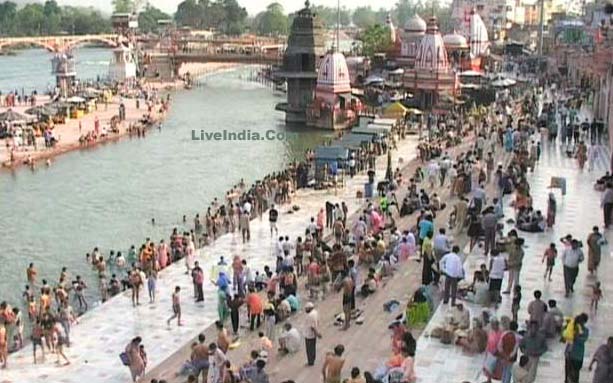
The King of Heaven, Lord Indra feared the power of King Sagar and to stop him, he stole the horse and tied it to the ashram of Sage Kapil. When the 60,000 sons saw the horse in Kapil's ashram they got furious and started to attack the hermitage. Sage Kapil was in deep meditation and on hearing the disturbance he opened his eyes in anger and all the 60,000 sons of King Sagar were reduced to ashes, except for prince Asamanjas |
|||
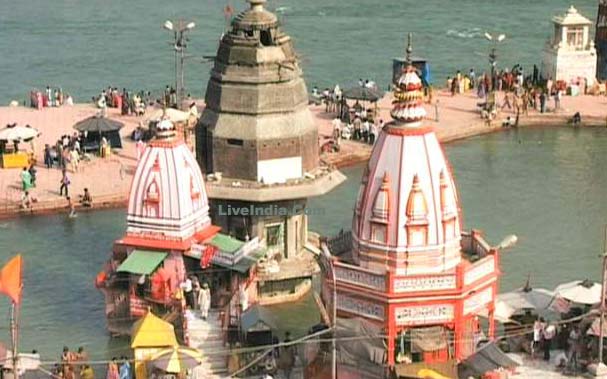
Anshuman the grandson of King Sagar brought the horse back from the Sage and asked for his forgiveness. Sage Kapil told him that the sons can be brought to life only if Ganga is brought from heaven to earth. Neither Anshuman nor his son Dilip were successful in this task. But Dilip's son, Bhagirath was determined to get this task done. He started meditating intensly for several years and finally Ganga got pleased and descended to the earth. To prevent the earth from flooding, Lord Shiva received Ganga on his matted locks. King Bhagirath then worshipped Lord Shiva and Shiva blessed him and released Ganga from his locks in seven streams. The water of Ganga touched the ashes of Sagar sons who rose to the their eternal rest in heaven. The seven streams of Ganga are Bhagirathi, Janhvi, Bhilangana, Mandakini, Rishiganga, Saraswati and Alaknanda which merge into Ganga at Devprayag. The rock on which King Bhagirath is believed to have meditated, is called Bhagirath Shila and is located near the temple of Ganga. To this date the water of holy Ganga is believed to have Amrit (nectar) in it. It has been studied by Scientists that the water collected from Ganga at its origin is in a pure state and even after being kept for several years, does not get contaminated.. These medicinal properties of Ganga-Jal are attributed to the medicinal secretions of herbs and mineral content which get mixed with the water. |
|||
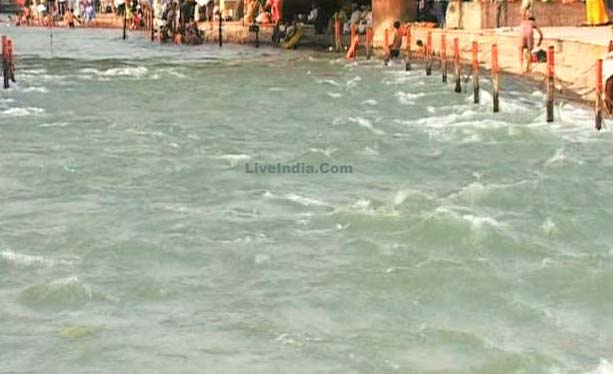
The Ganges River (Ganga in Indian languages; Ganges is the Latin form) Devanagari) is the major river in northern India and Bangladesh. The river has a long history of reverence in India and is often called the 'holy Ganga'. It originates as the Bhagirathi from the Gangotri Glacier in the Uttaranchal Himalayas and joins the Alaknanda near Deoprayag to form the Ganga. Then on, the Ganga flows across the large plains of North India (called the Gangetic Plains) and empties into the Bay of Bengal after dividing up into many distributaries. One of them is the Hoogli River near Kolkata, another major distributary being the Padma River that enters Bangladesh and merges with Jamuna River, a branch of the Brahmaputra River. |
|||
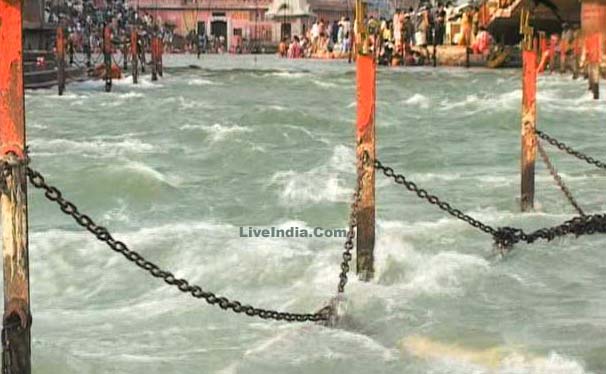
The total length of the river is about 2,510 km (1,560 mi). One of the densest human population belts on earth is built around the Ganga. The region encompassing the delta near the Bay of Bengal coast is known as The Sundarbans (Beautiful Forests) — a region of thick mangrove forests, and one of the major habitats of the Royal Bengal tiger. The Ganges Basin is incredibly fertile and, at present, about one in every 12 people in the world (8.5%) live in its catchment area. However, due to this incredible concentration of population, pollution and destruction of habitats is increasing at an alarming rate in the region |
|||
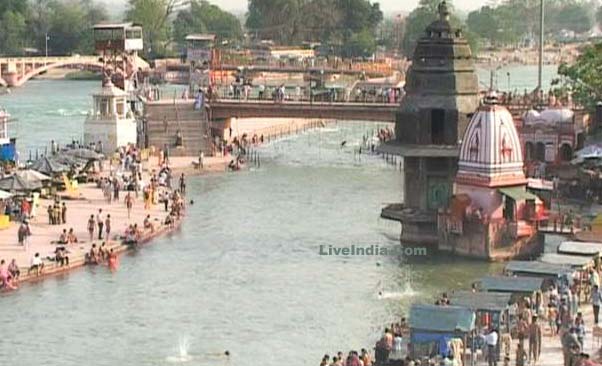 |
|||
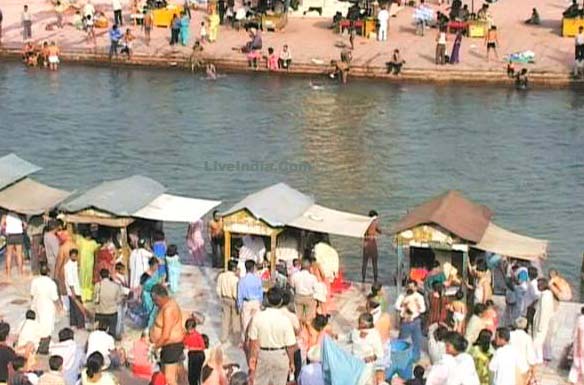 |
|||
|
|||
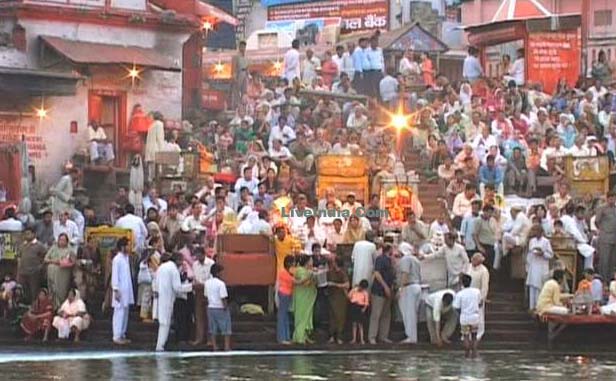 |
|||
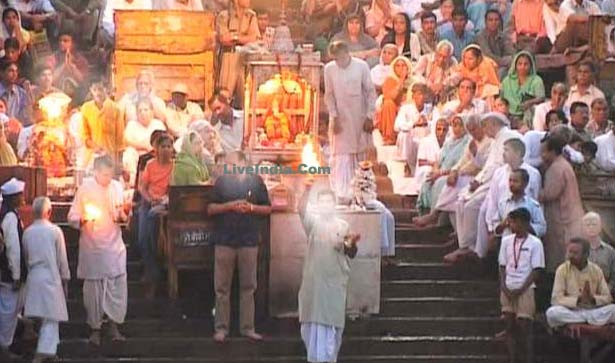 |
|||
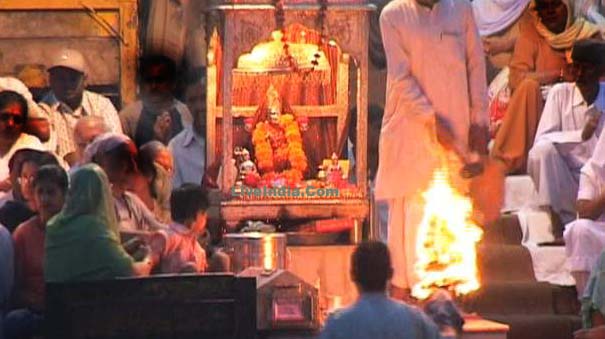
The temple of Chandi Devi atop the Neel Parvat on the other bank of river Ganga was constructed in 1929 AD by the King of Kashmir - Suchat Singh. The temple is a 3-km trek from Chandi Ghat. It is believed that the main statue was established by the Adi Shankaracharya in 8th Century AD. Chandi Devi Temple is now accessible by a ropeway also, which starts near Gauri Shankar Temple. |
|||
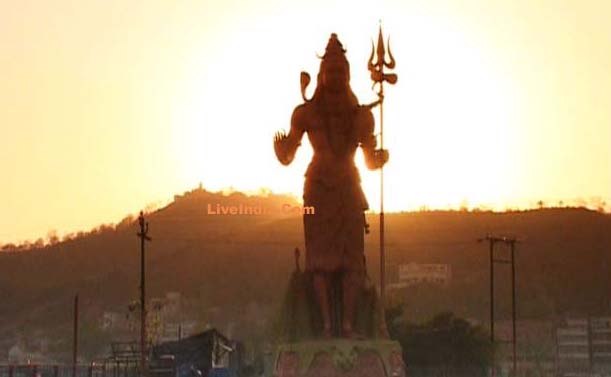
Area : 12.302 sq. km. Population : 3,48,142 (1991 census) Altitude : 294.70 meters above sea level. Season : Round the year. Clothing : Summer - Cottons; Winter - Woollens Language : Hindi & English Local Transport : Taxis, Tongas, Tempos, Buses, Cycle-Rikshaws, Auto-Rickshaws STD Code : 0133 |
|
|
|
|
|
|
|
|
|
|
|
|
|
|
|
|
|
|
|
|
|
|
|
|
|
|
( The Trade Marks Act, 1999, No. 01403083. User Since : 01/04/1997 ) All rights reserved. No part of this publication and other sites of under liveindia.com may be transmitted or reproduced in any form or by any means without prior permission from the publisher Live India Internet Services or Mr.Rajesh Chopra, L.C.Premium Cables, 1826, Amar Nath 2nd Building, Bhagirath Palace Delhi - 110006, India. Liveindia.com or Mr.Rajesh Chopra is not responsible for any wrong information under live india's sites, For confirmation of any information it is recommended that you reconfirm it from your end. |
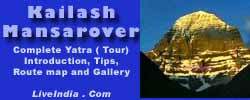 |
 |
 |
 |
 |
 |
 |
 |
 |
 |
 |